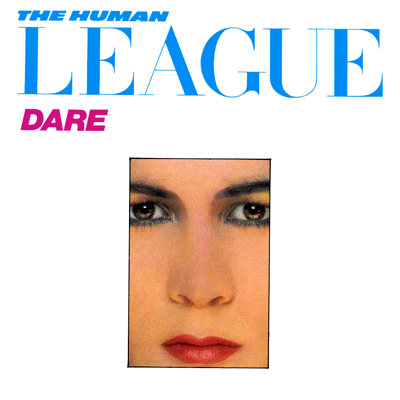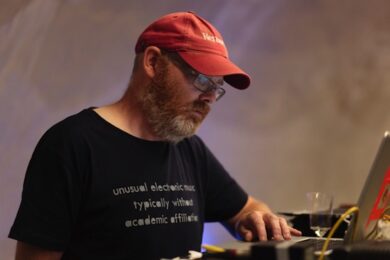3. The Human LeagueDare

This is the record that sparked off my interest in electronic music. And from the moment one encounters it, it is clear that this is the product of a collective agenda that is overtly concerned with every facet of the album as an object: from the typography, the haircuts, the production style, to the music’s social functionality. If the album as manifesto statement hypothesis is meaningful, then it is certainly true of this record. Produced by Martin Rushent at his Genetic studios, this record was one of the first (perhaps the first, I don’t know) to feature the Linn LM-1 drum machine. I saw an interview with Susanne Sulley (a member of The Human League) telling the story of how the "boys" gathered around it when it arrived at the studio, before re-recording the drums. I consider this record to be the kind of dawn of the short sharp kick drum paradigm that stayed with us until early techno and house.
I bought the record from Woolworths in Rotherham town centre when I was still at school. And I can still vividly remember taking it from the record rack, walking to the counter, buying it, and opening it on the way to the bus stop. It was gatefold, had an inner sleeve with lyrics, a form that borrowed from progressive rock’s concept album format, a format buried deep in the Human League’s earlier incarnation (listen to Reproduction and it has a kind of progressive rock feel somehow, I dunno why). For me Dare turned progressive rock’s ‘concept system’ into the contemporary ‘manifesto statement’ format I mentioned in the bit about Stella.


